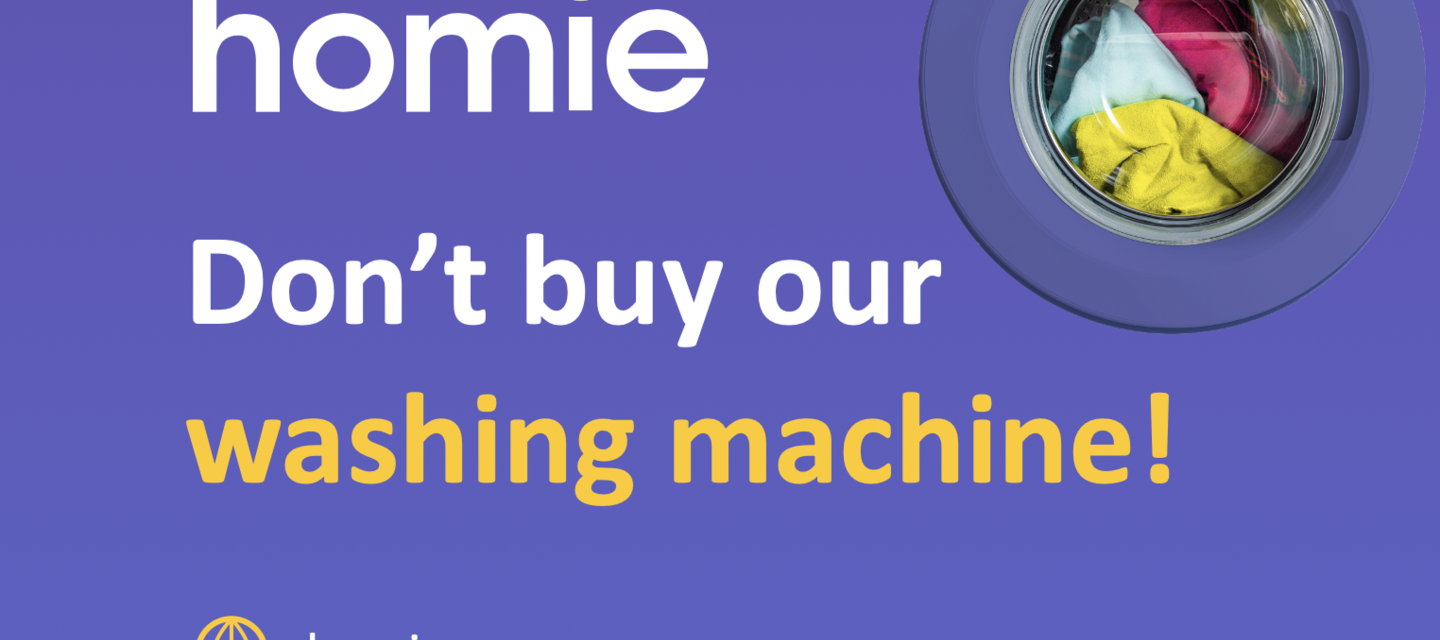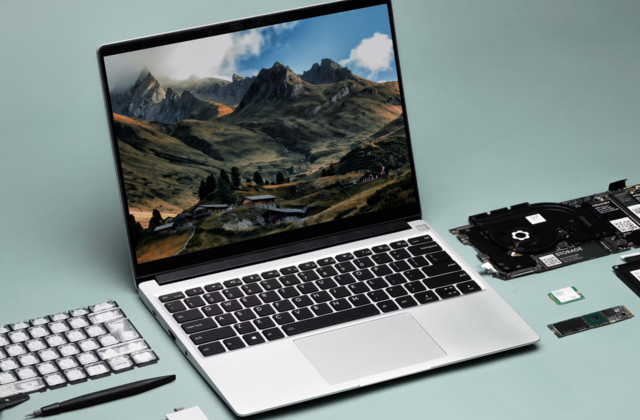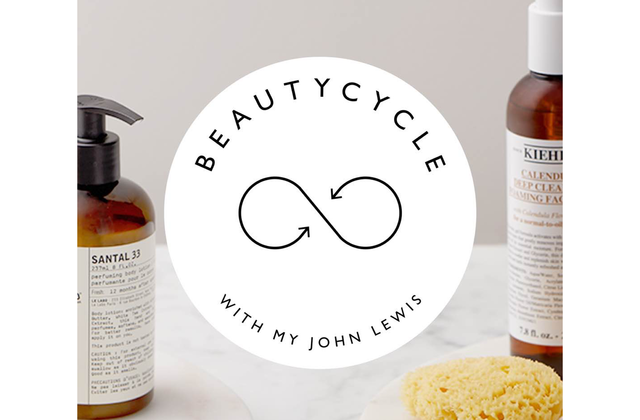What is it? HOMIE offers a pay per use solution for home appliances and started off with washing machines (HOMIE, 2020a). For example, in the case of the washing machine, where consumers only pay per wash and less for a low temperature wash than a high temperature wash, they are stimulated to use the appliance less and at lower temperature. Moreover, HOMIE aims to extend the lifetimes of products.
Why is this important? Product lifetimes on the whole have been declining. Over 50% of the washing machines exhibit defects within 5 years and repair costs are typically quite high (HOMIE, 2020b). Secondhand machines are less expensive to purchase, but often break down quickly without any warranty. This would potentially end in more potential waste.
Main resource strategy: slowing resource loops by facilitating repair and reuse and product longevity; narrowing the loop by enabling sustainable consumer usage.
Other resource strategies: closing the loop by enabling recycling through the company retaining ownership of the washing machine.
Business model aspects:
- Value Proposition: HOMIE seeks to deliver affordable and flexible access to durable white goods. HOMIE’s model saves on average around 25% in water and energy consumption (HOMIE, 2020b). This is not just only more sustainable, but also potentially lowers their energy bills (HOMIE, 2020b).
- Value Creation & Delivery: Consumers get a washing machine (or other appliance) delivered to their homes, and only start paying when they use the machine. Service, repair and maintenance, and, possibly take back, are done by HOMIE.
- Value Capture: the company’s model is largely focused on paying per use – the cost of the appliance gets paid back over a certain number of uses.
Strategies for degrowth/ sufficiency (based on sufficiency strategies from Niessen & Bocken, 2021):
- Awareness-raising: By showing customers their own use patterns, HOMIE provides incentives to change behaviour to less resource-intensive laundry patterns.
- Green alternative: HOMIE rent out durable items and ensure that the products are maintained well, repaired if needed, and reused.
- No ownership + price incentive: HOMIE offer their product on a pay per use basis and have adjusted prices for some items, e.g., washing machines, to reflect the energy intensity of use. As an example, warmer washes are more expensive than shorter ones.
Business model experimentation practices:
HOMIE has been using various experimentation practices including interviews, providing a free month before introducing the pay per use model, introducing informative mailings, showing users comparative statistics against their own and other users behaviors as well as goal setting (Bocken et al., 2019).
Sustainability outcomes: A study found that on average, HOMIE users wash 12x per month as opposed to the average European average of 13-14x per month and that HOMIE users wash at 38 °C, rather than the 43° European average (Bocken et al., 2018). These numbers indicate a significant difference that could be ascribed to the pay per use model (Bocken et al., 2018).
Sources:
Further links:
Download: HOMIE (2020a). Factsheet. Accessed 25 November 2020
View: HOMIE (2020b) Our story. Accessed 25 November 2020
***
About project Circular X
Project Circular X is about ‘Experimentation with Circular Service Business Models’. It is an ambitious research project funded by the European Research Council (ERC) which supports top researchers from anywhere in the world. Project CIRCULAR X runs from 2020-2025. The project is led by Principal Investigator (PI) Prof Dr Nancy Bocken, who is joined by a multidisciplinary team of researchers at Maastricht Sustainability Institute (MSI), Maastricht School of Business and Economics, Maastricht University. The project cooperates with businesses who want to innovate towards the circular economy.
Project Circular X addresses a new and urgent issue: experimentation with circular service business models (CSBMs). Examples of such new business models include companies shifting from selling products to selling services and introducing lifelong warrantees to extend product lifetimes. However, CSBMs are far from mainstream and research focused on experimentation is little understood. The research aims to conduct interdisciplinary research with 4 objectives:
- Advancing understanding of CSBMs; their emergence and impacts
- Advancing knowledge on CSBM experimentation
- Developing CSBM experimentation tools
- Designing and deploying CSBM experimentation labs
Funding source
This project has received funding from the European Research Council (ERC) under the European Union’s Horizon 2020 research and innovation programme, grant agreement No. 850159.
Using this information
When you cite this article, please use the following source:
Circular X (2020) Case study: HOMIE - Pay per use business model. Accessed from www.circularx.eu



